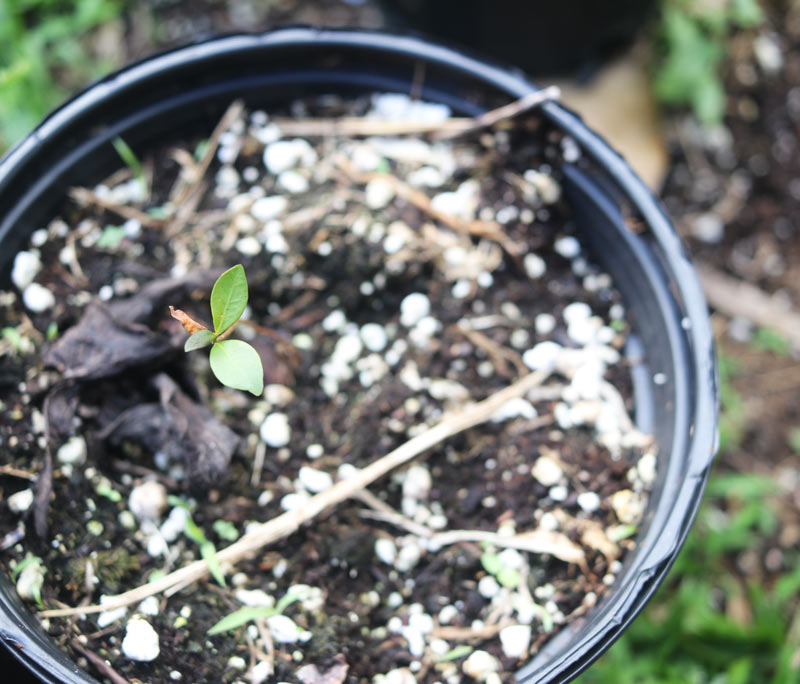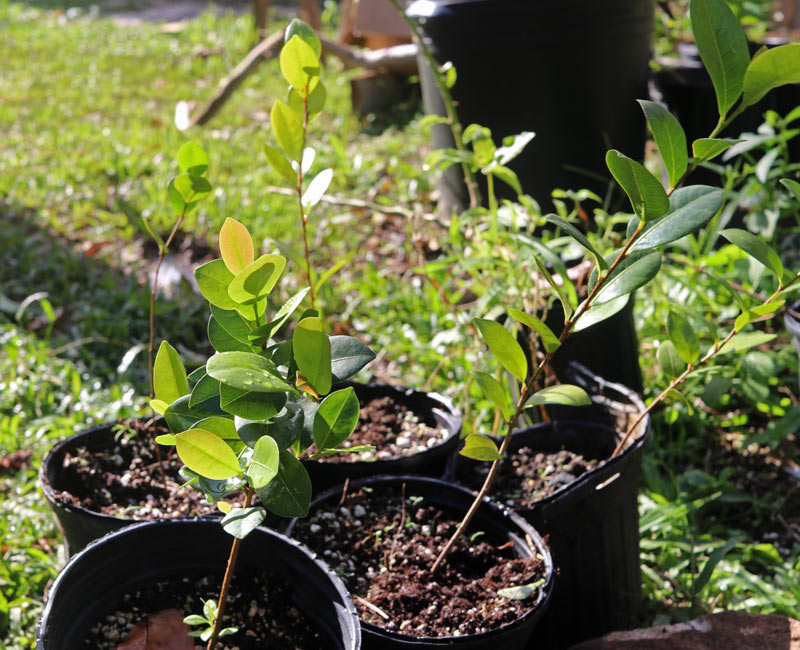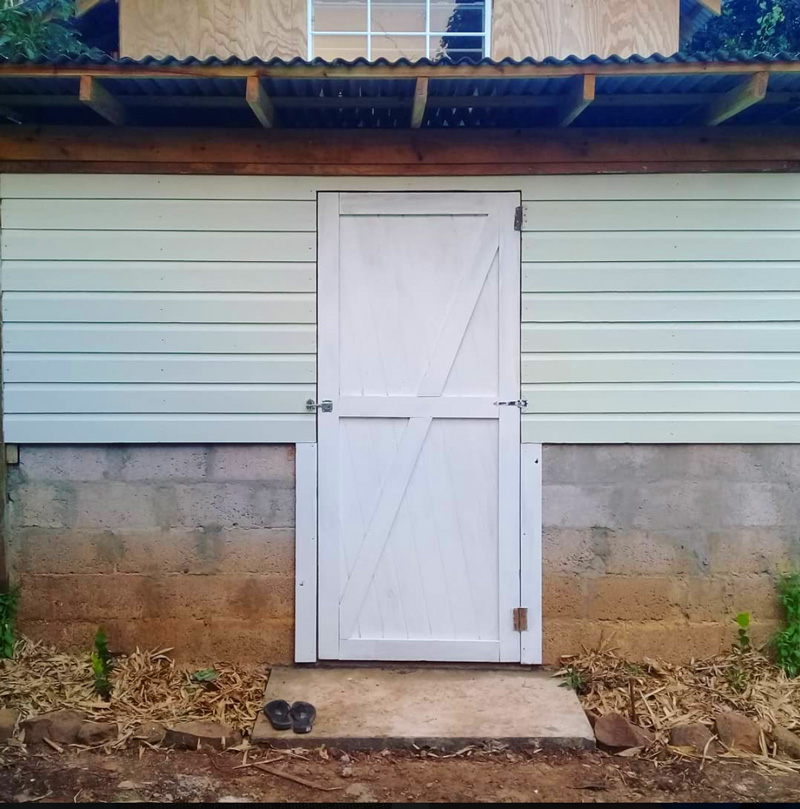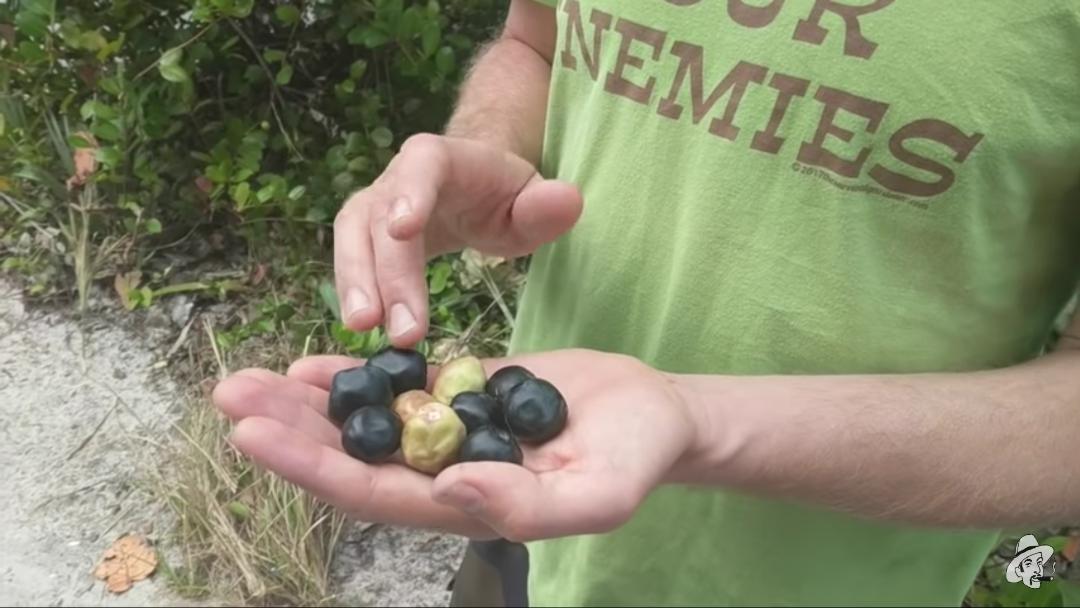My sister Steph and I went cocoplum hunting at a park last year:
There was an abundance of plants in fruit, so I tasted all the cocoplums I could and saved seeds from the tastiest and largest specimens, then planted them in my little front porch plant nursery.
Germinating Cocoplums
They took a remarkably long time to emerge – some took as long as 90 days. I found a recently sprouted one in one of the pots I planted just this last week. That was 10 months after planting! The earliest came up around two months from planting, however, and when they come up they grow pretty quickly. To germinate cocoplums, I ate the plums, scrubbed the flesh off the pits, then planted them about a week later.
This is a little one coming up:

And here are some after about seven months of growth:

Planting Cocoplums
Cocoplums are a remarkably easy-to-grow Florida native. So long as you don’t have freezing temperatures, they will grow happily in a wide range of conditions. I’m just starting to plant mine in the ground now, as they’re finally tall enough to go out on their own.
Last week I cast a little slab in front of our laundry room, then built a door. After doing so, I realized that I could really make the entrance look nice by making two little beds on either side of the door. When I asked Rachel what she wanted me to plant in them, she said “cocoplums!”
So I planted cocoplums:

See the little seedlings on the right and left? They ‘ll grow into beautiful bushes in a year or two, then start bearing us fruit we can enjoy. When I planted them, I added some white sand to the holes I dug, just in case they miss the beach. I probably didn’t need to bother, as cocoplums are tough plants. As UF notes, their soil requirements are: “acidic to alkaline; clay to sandy; seasonally saturated to seasonally dry.”
That’s pretty much everything!
It’s really neat to save seeds on a beautiful beach day with family, then take them home and grow them. Good memories.


4 comments
Family beach day memories – I love it! :)
Nice write-up on yet another interesting plant I’ve never heard of before. The genetic diversity is amazing from one state to the next along the gulf coast, or even different parts of the same state. So many different natives, each with various properties and benefits. As much time as I spend outside, I sure don’t know much about plants and how to identify them. Maybe this is the year I finally do something about that.
I agree – it’s amazing. I once found an edible black fruit in Frostproof I thought was an Eleagnus. I ate them and they tasted great. Later on, I found out I had totally misidentified the thing. It was a “Florida Bully” instead.
Cocoplums…hmm, interesting. They probably won’t grow in my zone 7. So I am going to grab my copy of Push the Zone and start looking for a way.
Comments are closed.